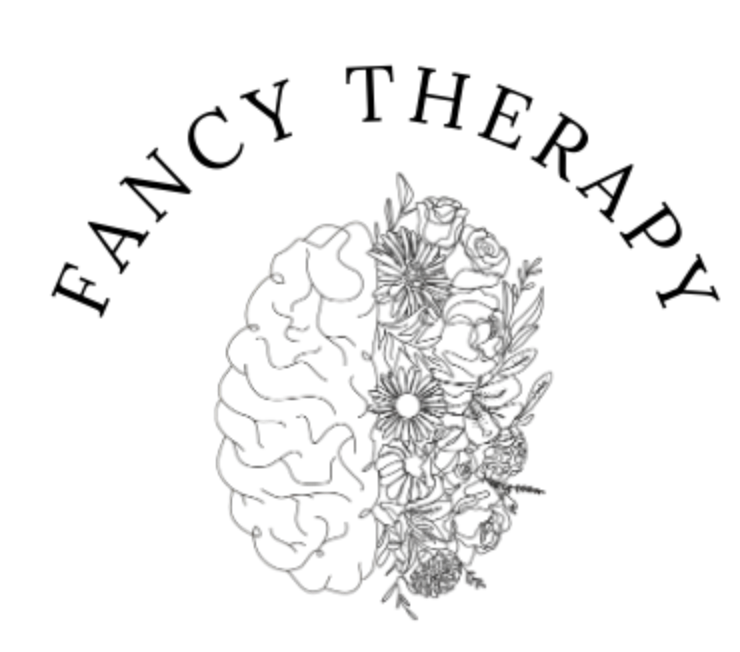Winter Seasonal Affective Disorder
The days are shorter and the nights are longer. You drive home from work in darkness feeling like it is already bedtime. In reality, it’s only six o’clock, and you have no energy. You eat an unhealthy dinner full of preservatives and junk. You snap at your family and feel irritated. It’s a struggle to get out of bed each morning. You drive to work in darkness and feel like an NPC ‘non-playing character’ simply observing life. Grey skies loom overhead. Snow, or worse, a beige slush covers the ground sludging beneath your feet. The cold wind whips against your skin, steals your breath, and howls in your ears. Billows of your frozen breath are now visible in the air as you feel the last bit of warmth escape from your body. No amount of coffee or holiday decorations will brighten your mood. It is like a heavy blanket of malaise has smothered your being along with the warm weather this winter.
Is this the ‘winter blues’ or something more?
Seasonal Affective Disorder (SAD) is a form of depression that affects about 15% of Canadians each year. SAD affects women more than men, and impacts adults more than children and seniors. Did you know there are two types of SAD, a winter-pattern and a summer-pattern SAD? The winter-SAD often begins in fall or winter, and the summer-SAD’s onset is spring or summer. This form of depression only occurs with the seasonal patterns, and does not persist throughout the year. The symptoms of winter-SAD will look different for each person but can involve:
- ongoing feelings of sadness or depression for at least two consecutive weeks
- a lack of interest in activities once pleasurable
- changes in eating (often an increased appetite, especially carbohydrates)
- changes in sleep patterns (often sleeping too much)
- fatigue, exhaustion, or malaise, and can be accompanied by slowed movements
- difficulty focusing, remembering, or indecisiveness
- irritability, moodiness, or jitteriness
- feelings of worthlessness, guilt, or powerlessness
- feelings of despair and negativity
- suicidal thoughts
- isolating oneself from social activities
What Causes Winter-SAD?
Although there is still more to learn about what causes SAD, there are some good connections that are being explored. During winter, the decreased sunlight exposure may increase melatonin (a sleep hormone), thereby making people sleepier and sluggish during the day. Another possibility is the body’s decreased levels of vitamin D due to decreased sunlight on the body’s skin and consumption of vitamin D-rich foods during winter. The lack of vitamin D has been linked to depression. '
Winter-SAD Treatment Options
Are there Winter-SAD treatments available to me? The answer is “Yes!”
Lightbox Therapy
There are a variety of therapy lightboxes commercially available to improve depressive symptoms at a range of price points. Typically, an individual sits by the lightbox for around 30 to 60 minutes a day, especially helpful in the morning. Lightboxes may not be recommended for individuals with certain eye issues, and it’s best to contact your doctor before commencing light therapy.
Medication
Anti-depressant medication may also help reduce SAD symptoms. An increase in vitamin D during the fall and winter has been shown to sometimes be effective. Contact your doctor formore information about these options.
Cognitive Behavioural Therapy (CBT)
Cognitive behavioural therapy (CBT), which specifically relates to SAD, may also be effective and long-lasting at reducing symptoms of SAD. CBT is a type of talk therapy that examines thought processes to improve mood and functioning.If you find yourself suffering from SAD symptoms, I encourage you to contact your doctor for a diagnosis and treatment.
Tips to Reduce Winter-SAD
Here are some simple tips that may boost your mood this winter!
Buy warm, winter clothing and accessories so you can enjoy the outdoors!
Why not learn a new winter sport, or participate in more winter sports, to make this season enjoyable? Ice skating, tobogganing, walking, and skiing are all sports that are readily available in Canada.
Find a project or goal to work toward this winter. It could be reading through a book series, learning a new language, redecorating a room, or taking up a new hobby. Be sure to get plenty of light each day!
Add more lights to the room you use during the wintermonths.
Arrange furniture so you can sit by a window for most of the day, if possible.
Regular exercise is important for improving mood. You can join a gym, hire a personal trainer, or simply walk outdoors in nature to boost your serotonin (happy hormone) levels.
Avoid hibernating in your home alone, and get social! Now is the time for winter potlucks, warm soups, chili competitions, winter festivals, or game nights with friends.
Why not join a recreational activity offered in your town and spend time getting to know the people in your group?
Seek out a psychotherapist who uses CBT to treat your symptoms.
Seek help and learn to thrive this winter!




